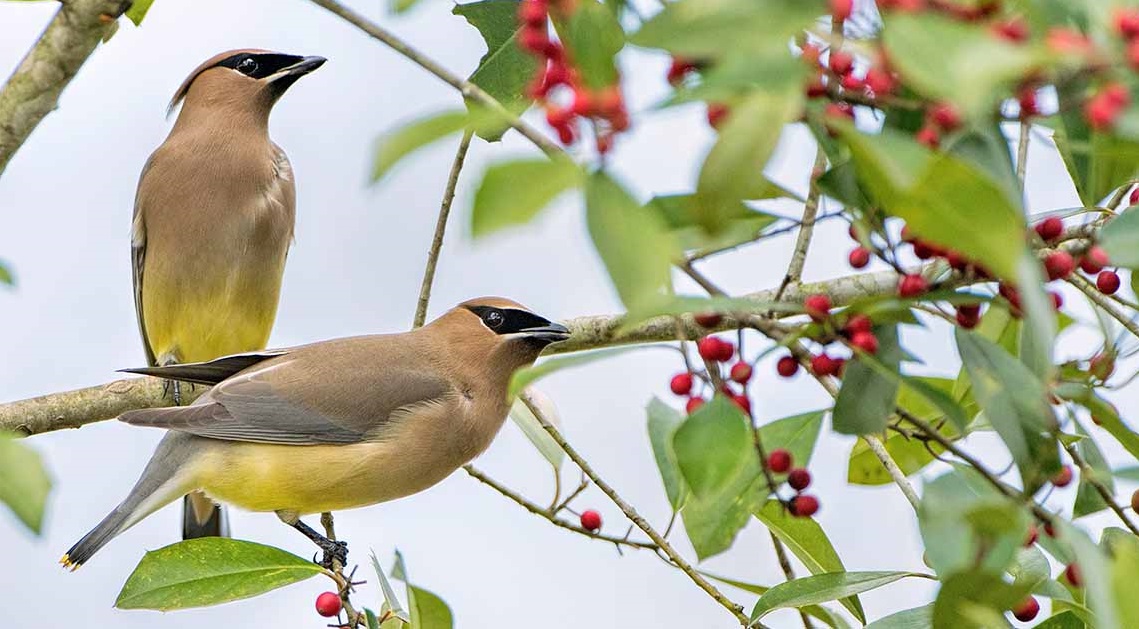If you’re like me and enjoy watching the birds in your own backyard, you’ll find that the easiest way to bring a variety of birds into your yard is to place and fill one or more bird feeders. However, if you’re new to this hobby, you may wonder which of the many different types of bird feeders is best.
Well, it truly depends on what you are trying to accomplish. For example, what types of birds do you want to attract to your backyard? What type of seed do you plan to feed and how often do you want to refill the feeders? Last, how much money do you want to spend? These are all questions you should think about before purchasing your feeders.
In a previous article (An Introduction to Bird Feeders), I wrote about some of the different types of feeders that are available and the advantages and disadvantages of each. Another great source of information is a local wild bird specialty store if you are lucky enough to have one in your area. The staff at our Wild Birds Unlimited store has been extremely helpful to us in the past. The staff at your local store will be familiar with the common and not-so-common birds in your area and their feeding preferences. They are also great problem-solvers when it comes to setting feeders up and keeping the squirrels out.
With that said, I have come to prefer the tube bird feeders myself. I’ve noticed that our backyard birds go to them first before our other types of feeders. Also, due to how the perches are placed around the feeder, more birds are willing to perch and eat at the feeder at the same time which I think is a huge plus. The smaller size means that they have to be filled more often, but the size also makes the feeder easier to handle and clean.
Because there are some birds that won’t feed from our tube feeders, we have a hopper feeder set out in addition to our tube feeders. The cardinals and nuthatches prefer this feeder, in our backyard anyway. The finches, chickadees and woodpeckers eat from it also, but usually only if there are already a number of birds on the tube feeder. We’ve noticed that only 1-2 birds use the hopper at a time while 4-6 birds are often seen on each of our tube feeders. The hopper holds much more food, but we don’t make use of the full capacity simply because the food doesn’t get eaten as fast as in the tube feeders. Again, this is our personal experience and your backyard birds may feel differently about it than ours do.
The last advice I’d like to share is a suggestion not to purchase the cheapest backyard bird feeders that you can find. Spend a little more and get feeders that are either metal or made with high quality plastic with feeding ports that are reinforced with metal. In the past, I have purchased less expensive feeders with plastic feeding ports and found them to only last a few weeks because the squirrels chew right through them. So do yourself a favor and purchase high quality, durable feeders from the start. It will actually be less expensive in the long run.
